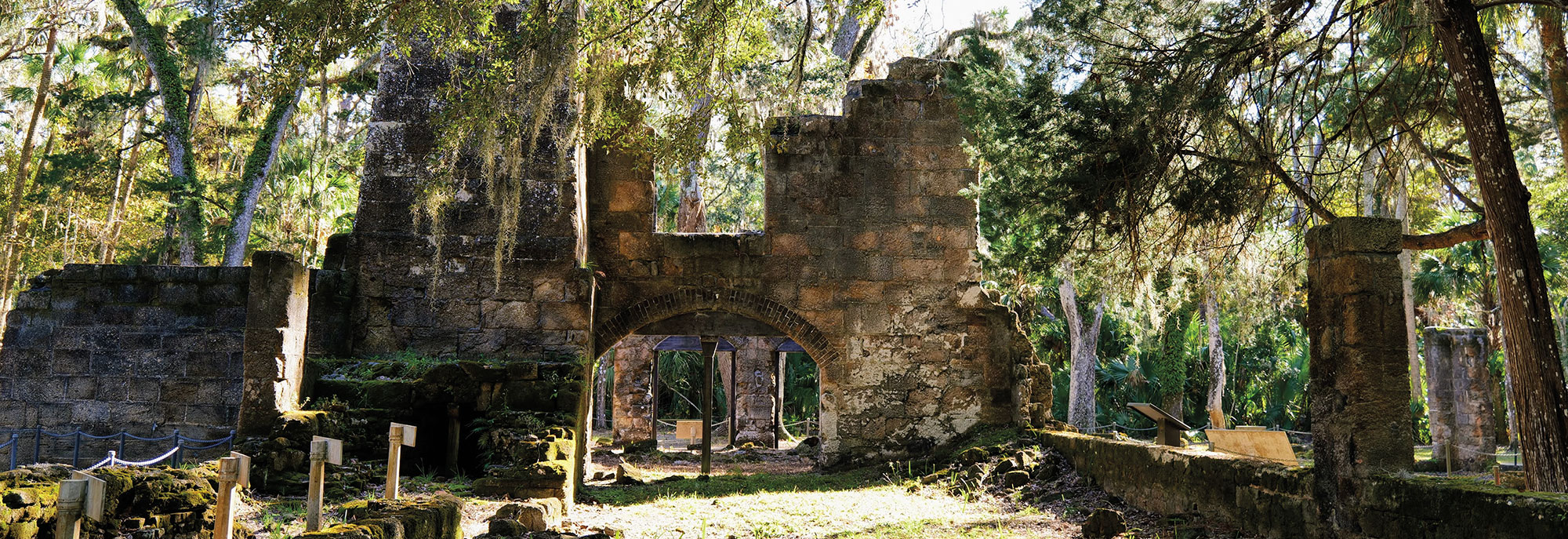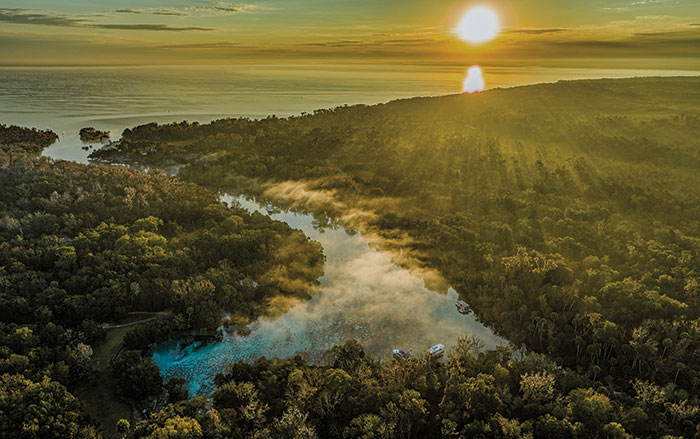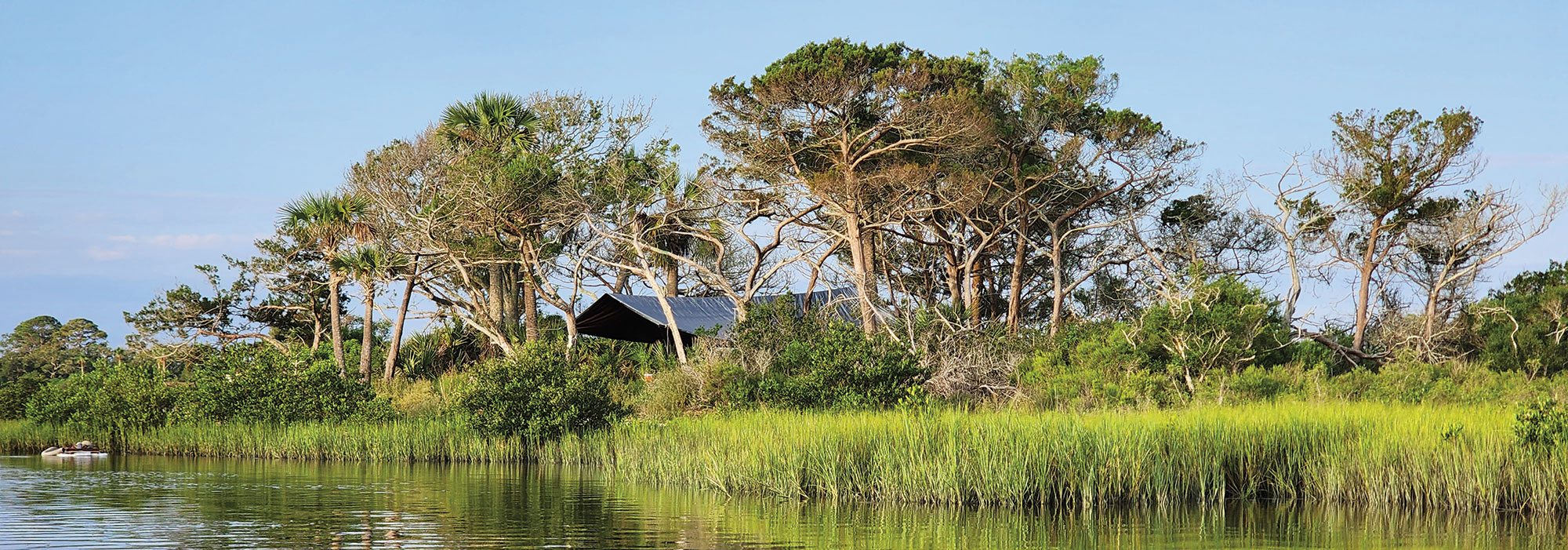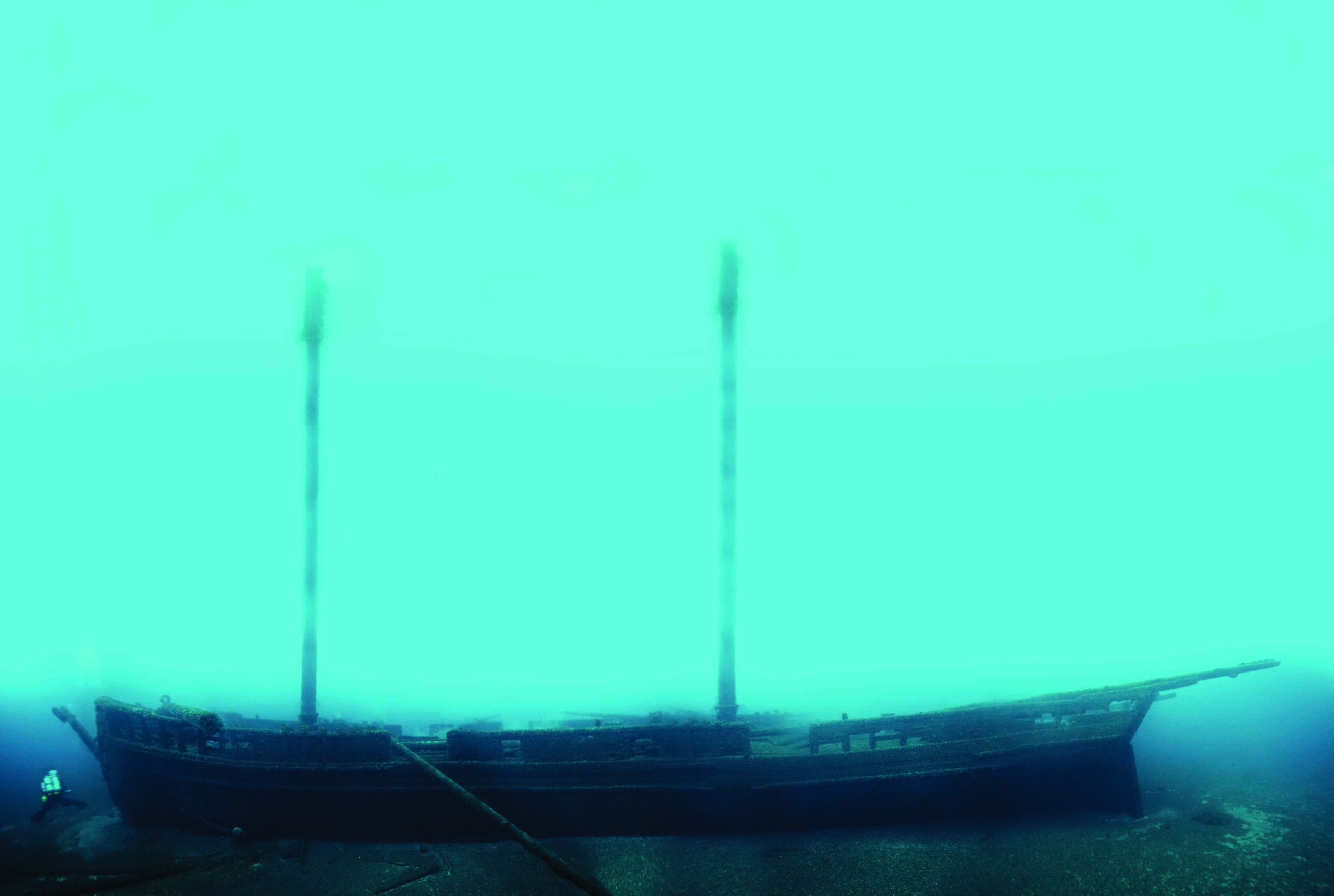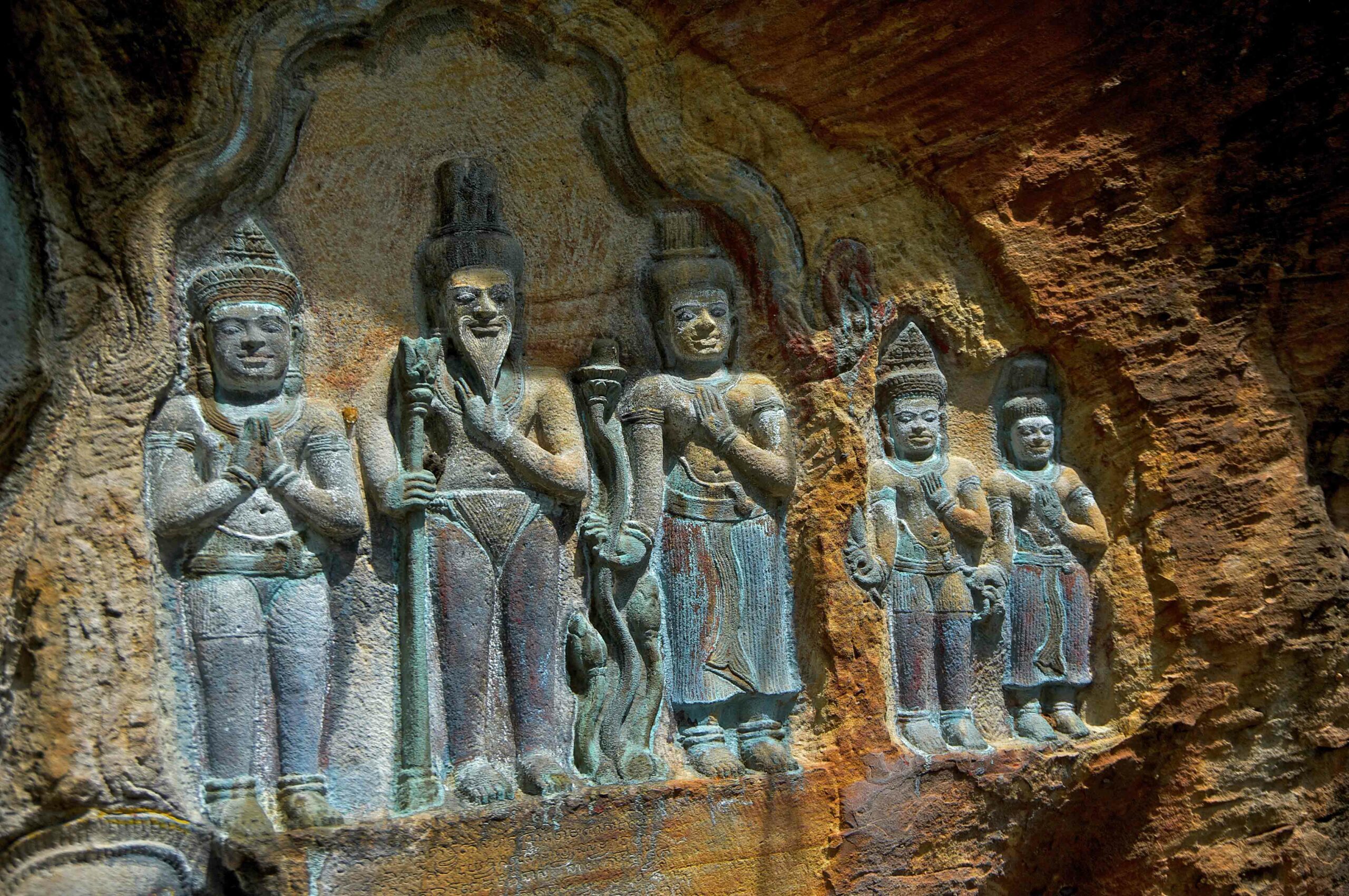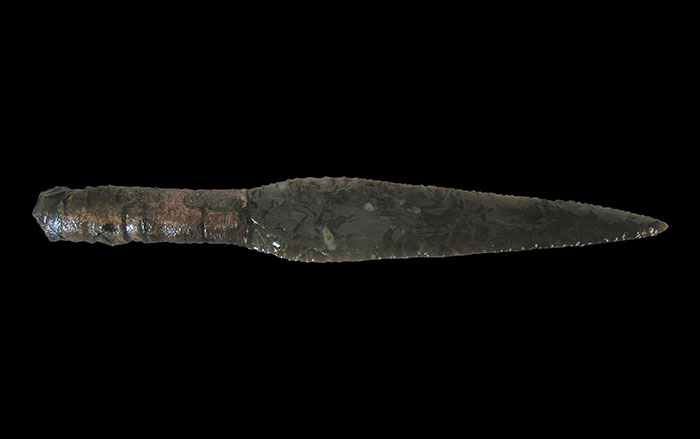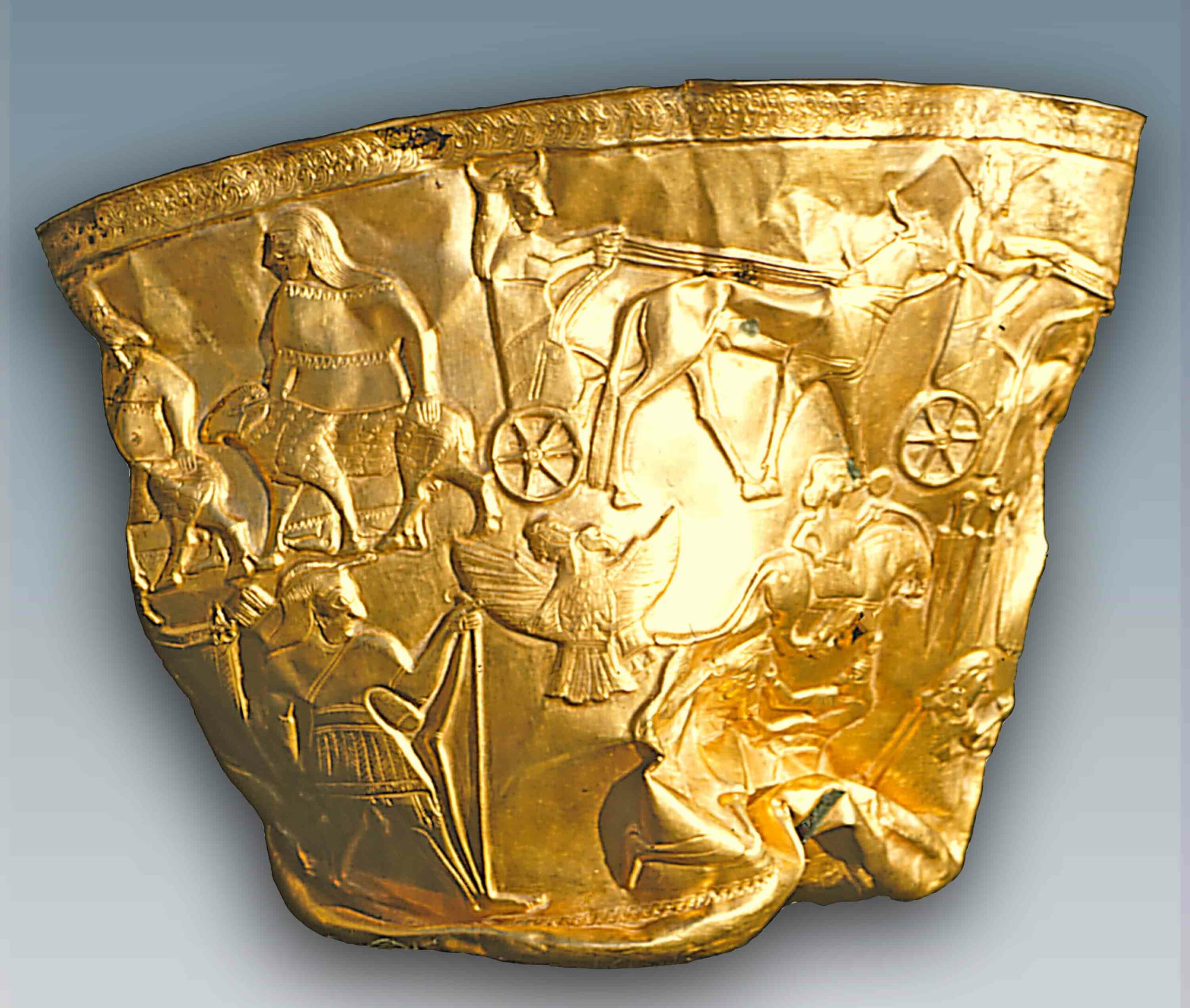
TAMPA, FLORIDA—Erin Kimmerle and her team from the University of South Florida have updated the Florida Cabinet with the results of their research at the site of the Arthur G. Dozier School for Boys in Marianna. Thirty-one boys who died at the school, open from 1900 to 2011, were thought to have been buried on campus. But 55 graves, many of them outside of the boundary of the cemetery, have been found. What may be a projectile has been found near the lower abdomen or upper thigh area of the badly decomposed remains of one boy, thought to have been of African-American ancestry and between the ages of 14 and 17 at the time of death. The lead object, sent to the Florida Department of Law Enforcement for analysis, “cannot be definitively determined to be an ammunition component due to damage and corrosion; however, it is consistent with ooo Buck size shot pellets for various muzzle loading balls based on weight, size, and physical appearance,” Hillsborough County Sheriff’s Detective Greg Thomas told The Tampa Bay Times. A total of five sets of remains have been identified. One of the individuals had been an employee of the school, while the others were inmates. And while there were 55 graves, the researchers believe they have the remains of only 51 individuals. Some of the remains were badly charred in a 1914 fire that killed seven to ten people, most of them boys who had not been able to escape their locked cells when the building ignited.


